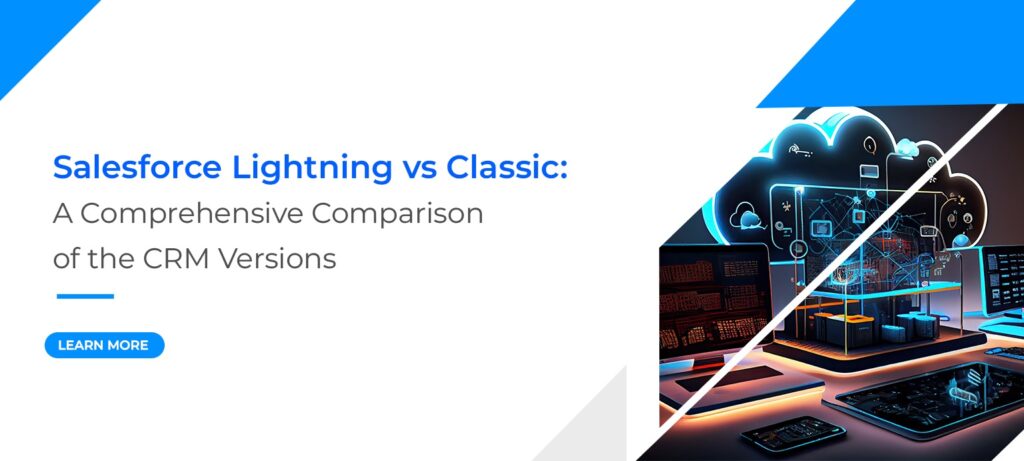Salesforce is a powerful platform that helps businesses manage their sales pipeline, from generating leads to closing deals. However, to use Salesforce effectively, you need to understand the difference between leads and opportunities, and how to convert one into the other.
In this blog post, we will explain what leads and opportunities are in Salesforce, how they differ, and how to turn leads into opportunities using Salesforce tools and best practices.
What is a lead in Salesforce?
A lead is an unqualified contact who has shown some interest in your product or service, but you don’t know much about them yet. A lead could be someone who:
• Clicked on an online ad
• Filled out a form on your website
• Downloaded an e-book or a white paper
• Attended a webinar or an event
• Followed you on social media
• Referred by an existing customer
A lead is not yet a potential customer, but rather a prospect who needs more information and nurturing before they are ready to buy from you.
In Salesforce, a lead record contains basic details about the lead, such as their name, company, email, phone number, and lead source (i.e., how they found you). You can also add custom fields to capture more information about the lead, such as their industry, role, or pain points.
What is an opportunity in Salesforce?
An opportunity is a qualified lead who has expressed a clear interest in buying your product or service, and has met some criteria that indicate a high likelihood of closing a deal. An opportunity could be someone who:
• Requested a demo or a quote
• Asked specific questions about your product or service
• Shared their budget and timeline
• Agreed to a proposal or a contract
• Negotiated the terms and conditions
An opportunity is a potential customer who is in the final stages of the sales cycle, and who needs to be persuaded and closed by your sales team.
In Salesforce, an opportunity record contains more detailed information about the deal, such as the account name, opportunity name, stage, amount, close date, and probability. You can also add custom fields to track other aspects of the deal, such as the products, competitors, or influencers involved.
How to convert leads into opportunities in Salesforce?
The process of converting leads into opportunities in Salesforce involves two main steps: qualifying and converting.
Qualifying leads
Qualifying leads means assessing whether a lead is worth pursuing or not, based on their fit, interest, and readiness. You can use various methods to qualify leads, such as:
• Scoring leads based on their behavior and profile
• Segmenting leads based on their attributes and needs
• Nurturing leads with relevant and personalized content
• Contacting leads via email, phone, or chat
• Asking qualifying questions to uncover their pain points, goals, and challenges
The purpose of qualifying leads is to identify the most promising prospects who are likely to become opportunities and customers, and to weed out the ones who are not.
Converting leads
Converting leads means transforming a qualified lead into an opportunity, as well as creating a contact and an account record for them in Salesforce. You can convert a lead manually or automatically, depending on your preferences and workflows. To convert a lead manually, follow these steps:
• Click on the App Launcher, and open the Sales app.
• Click on the Leads tab.
• Select the relevant lead you want to convert to an opportunity.
• Under the dropdown menu in the top right corner, select Convert.
• Fill out the relevant opportunity fields in the popup box.
• Click Convert.
To convert a lead automatically, you can use tools like Process Builder, Flow Builder, or Apex to create custom rules and triggers that will convert a lead based on certain criteria or actions. For example, you can set up a rule that will convert a lead automatically when they fill out a form, request a demo, or score above a certain threshold.
Conclusion
Understanding the difference between leads and opportunities in Salesforce is essential for managing your sales pipeline effectively and efficiently. By following the best practices for qualifying and converting leads, you can increase your conversion rates, shorten your sales cycles, and boost your revenue.
If you need help with setting up or optimizing your Salesforce lead management process, you can contact CSA Consultants, a Salesforce consulting partner that specializes in helping businesses grow with Salesforce. We can help you with:
• Implementing and customizing Salesforce to suit your business needs and goals
• Integrating Salesforce with other tools and platforms to streamline your workflows and data
• Training and coaching your team on how to use Salesforce effectively and efficiently
• Providing ongoing support and maintenance to ensure your Salesforce system runs smoothly and securely
To learn more about our Salesforce services and solutions, visit our website or call us today at +91 9830944464. We look forward to hearing from you and helping you grow your business with Salesforce.


























